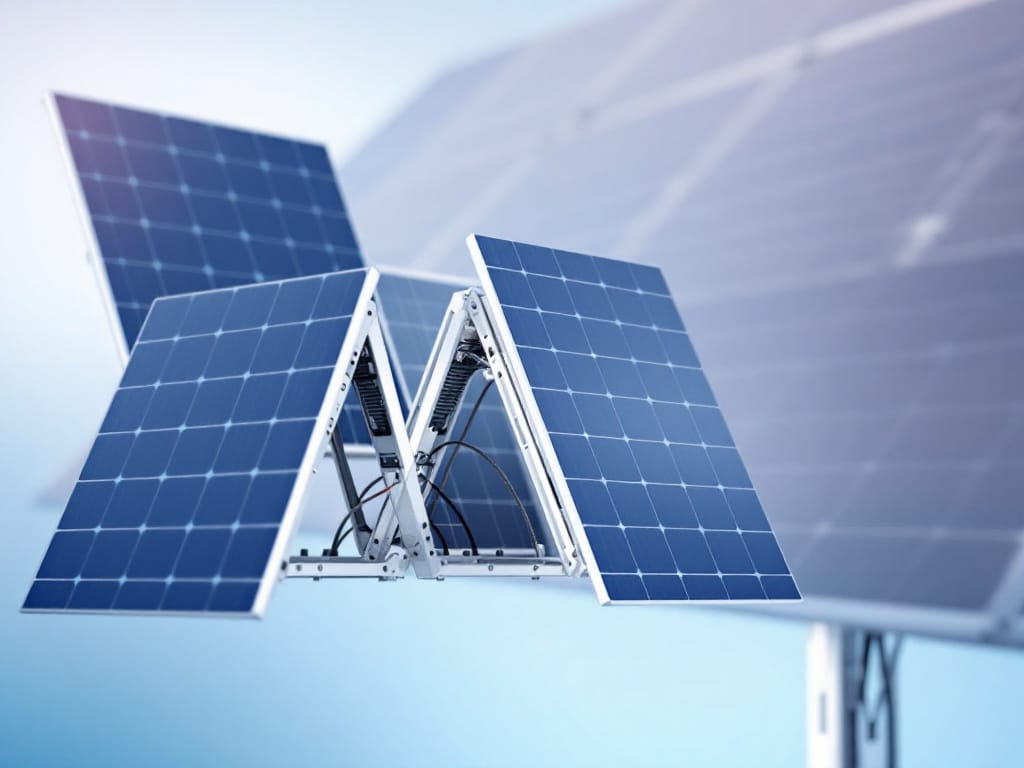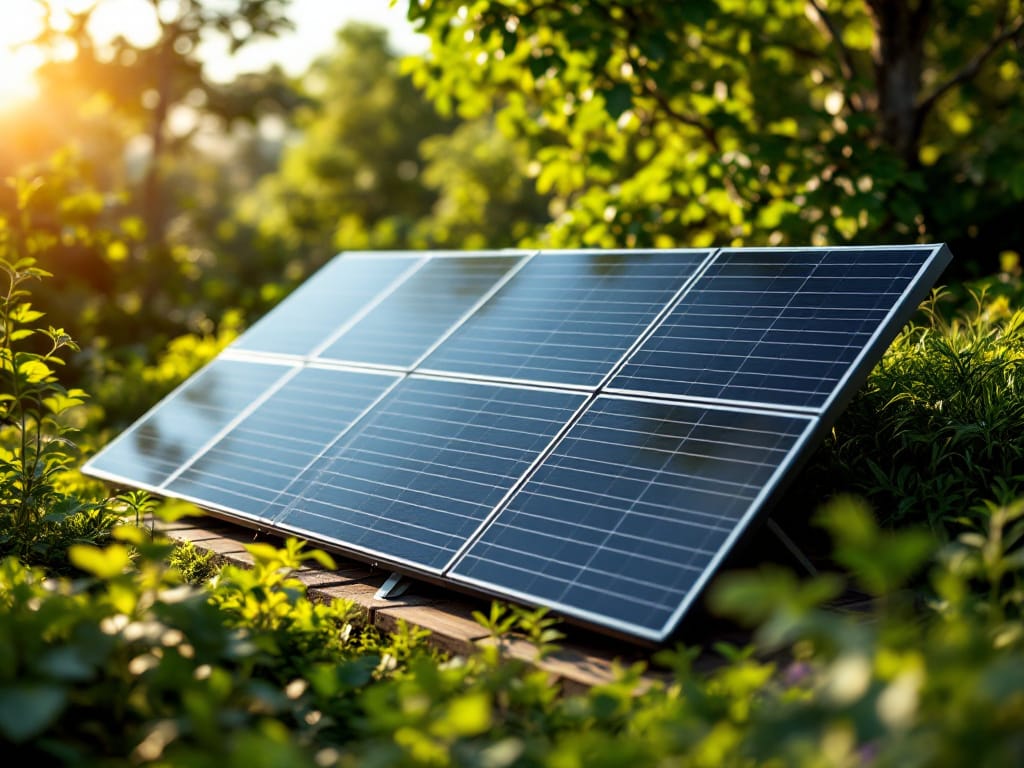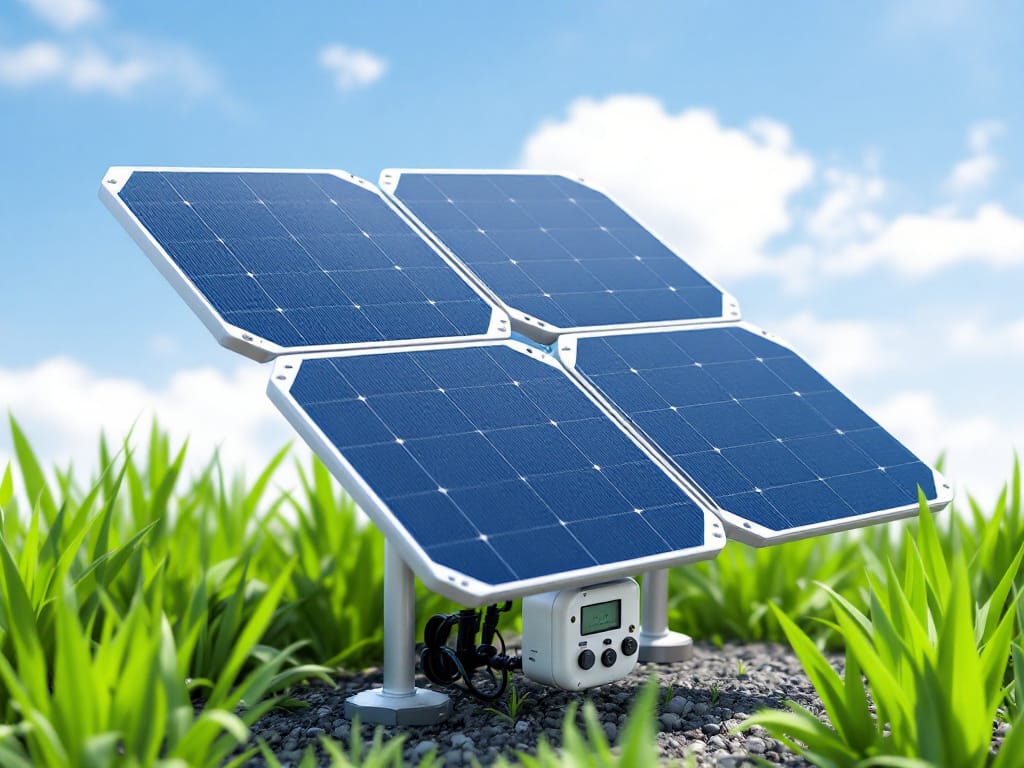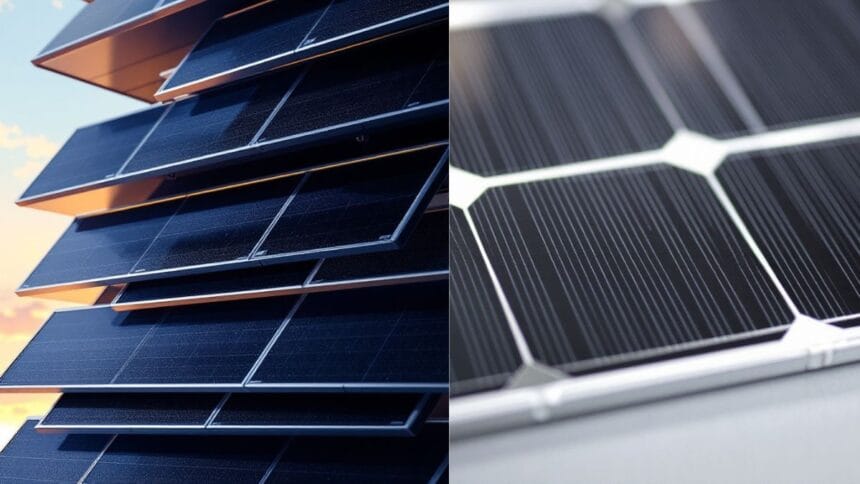Solar Panels
In recent years, solar panels have revolutionized the way we think about energy consumption and sustainability. As concerns over climate change and rising energy costs grow, more individuals and businesses are turning to solar energy to reduce their carbon footprint, save money, and embrace a greener lifestyle.
This comprehensive guide dives into everything you need to know about solar panels—from how they work and their benefits to installation tips and cost breakdowns. If you’re considering making the switch to solar energy, this article will equip you with the knowledge you need to make an informed decision.

What Are Solar Panels?
Solar panels, also known as photovoltaic (PV) panels, are devices that capture sunlight and convert it into electricity. They are typically made up of multiple solar cells, which are constructed from semiconductor materials like silicon. These cells generate direct current (DC) electricity when exposed to sunlight, which is then converted into alternating current (AC) through an inverter, making it usable for homes, businesses, and other applications.
How Do Solar Panels Work?
The process of generating electricity from solar panels involves the following steps:
- Absorption of Sunlight: Solar panels absorb sunlight using photovoltaic cells. These cells are designed to capture photons (light particles) and initiate an electric current.
- Generation of Electricity: When sunlight hits the solar cells, it excites electrons, causing them to move and create a flow of electricity.
- Conversion to Usable Power: The electricity generated by the panels is in direct current (DC) form. An inverter converts this DC power into alternating current (AC), which is compatible with household and commercial electrical systems.
- Energy Storage (Optional): Excess electricity can be stored in batteries for later use or fed back into the grid, depending on the system setup.
Types of Solar Panels
When choosing solar panels, it’s important to understand the different types available:
- Monocrystalline Solar Panels:
- Made from a single, pure crystal structure.
- Highly efficient and space-efficient.
- Ideal for homes with limited roof space.
- Slightly more expensive compared to other types.
- Polycrystalline Solar Panels:
- Made from multiple silicon fragments melted together.
- Less efficient but more affordable than monocrystalline panels.
- Suitable for larger installations with ample space.
- Thin-Film Solar Panels:
- Made from thin layers of photovoltaic materials on a substrate.
- Lightweight and flexible but less efficient.
- Commonly used in portable or industrial applications.
- Bifacial Solar Panels:
- Generate electricity from sunlight on both sides.
- Higher energy output compared to traditional panels.
- Ideal for ground-mounted systems in open areas.
Benefits of Solar Panels
Switching to solar energy comes with numerous advantages, making it a worthwhile investment for both individuals and businesses:
- Cost Savings:
By generating your own electricity, you can significantly reduce or eliminate your energy bills. Over time, solar panels pay for themselves through savings. - Environmental Impact:
Solar energy is a clean, renewable source of power that reduces greenhouse gas emissions and dependence on fossil fuels. It’s a crucial step toward combating climate change. - Energy Independence:
With solar panels, you’re less reliant on the grid, protecting yourself from rising electricity costs and power outages. - Increased Property Value:
Homes equipped with solar panels typically have higher resale values and are more attractive to eco-conscious buyers. - Government Incentives:
Many governments offer tax credits, rebates, and other financial incentives to encourage the adoption of solar energy systems. - Low Maintenance Costs:
Solar panels require minimal upkeep, with most systems lasting 25-30 years or more.
Factors to Consider Before Installing Solar Panels
Before making the leap to solar energy, there are several factors to evaluate:
- Energy Needs:
Assess your current energy consumption to determine the size of the solar system you’ll need. - Roof Condition:
Ensure your roof is structurally sound and receives adequate sunlight throughout the day. - Budget:
Solar panel installation requires an upfront investment. Research financing options, including loans, leases, and power purchase agreements (PPAs). - Incentives:
Check for local, state, or national incentives that can offset the initial cost of installation. - System Type:
Decide whether you want a grid-tied system, off-grid system, or hybrid setup with battery storage. - Installer Reputation:
Work with a reputable and experienced solar panel installer to ensure a high-quality system and proper installation.
The Cost of Solar Panels

The cost of solar panel installation can vary based on factors like system size, location, and the type of panels used. On average:
- Residential solar systems range from $10,000 to $25,000 before incentives.
- Commercial installations may cost significantly more, depending on the scale.
Fortunately, tax credits and rebates can reduce these costs. For example, the U.S. federal government offers a solar investment tax credit (ITC) that covers a percentage of installation costs.
Maintenance and Lifespan of Solar Panels
Solar panels are designed to be durable and long-lasting, with minimal maintenance required. Here are some tips for keeping your system in top condition:
- Regular Cleaning: Remove dust, debris, and bird droppings to maintain efficiency.
- Inspection: Periodically check for damage, loose connections, or shading issues.
- Professional Servicing: Schedule routine inspections with your installer or service provider.
With proper care, most solar panels last 25-30 years while maintaining high energy output.
Solar Panels and the Environment
Switching to solar energy isn’t just good for your wallet—it’s good for the planet. Here’s how solar panels contribute to environmental sustainability:
- Reduced Carbon Footprint: Solar panels generate electricity without releasing harmful emissions.
- Decreased Reliance on Fossil Fuels: By harnessing renewable energy, we can reduce our dependence on finite, polluting resources.
- Waste Reduction: Advanced recycling programs are being developed to repurpose old panels, minimizing landfill waste.
Common Myths About Solar Panels
Despite their growing popularity, several misconceptions about solar panels persist. Let’s debunk a few:
- Myth: Solar panels don’t work in cloudy weather.
Fact: Solar panels can generate electricity even on cloudy days, though output may be lower. - Myth: Solar panels are too expensive.
Fact: While the initial cost may be high, incentives and long-term savings make solar a cost-effective option. - Myth: Maintenance is complicated.
Fact: Solar panels are low-maintenance and require only occasional cleaning and inspections.
The Future of Solar Panels

The solar industry continues to innovate, with exciting advancements on the horizon:
- Higher Efficiency: New materials like perovskite promise greater energy conversion rates.
- Flexible Panels: Lightweight, flexible designs make solar panels more versatile for various applications.
- Integration with Smart Technology: Solar systems are being paired with AI and IoT devices for optimized energy management.
- Energy Storage Solutions: Improved battery technologies will make solar power more reliable and accessible.
Read More: The Future of Smart Speed Bump
Read More: High-Performance Concrete Build Business Case Value
